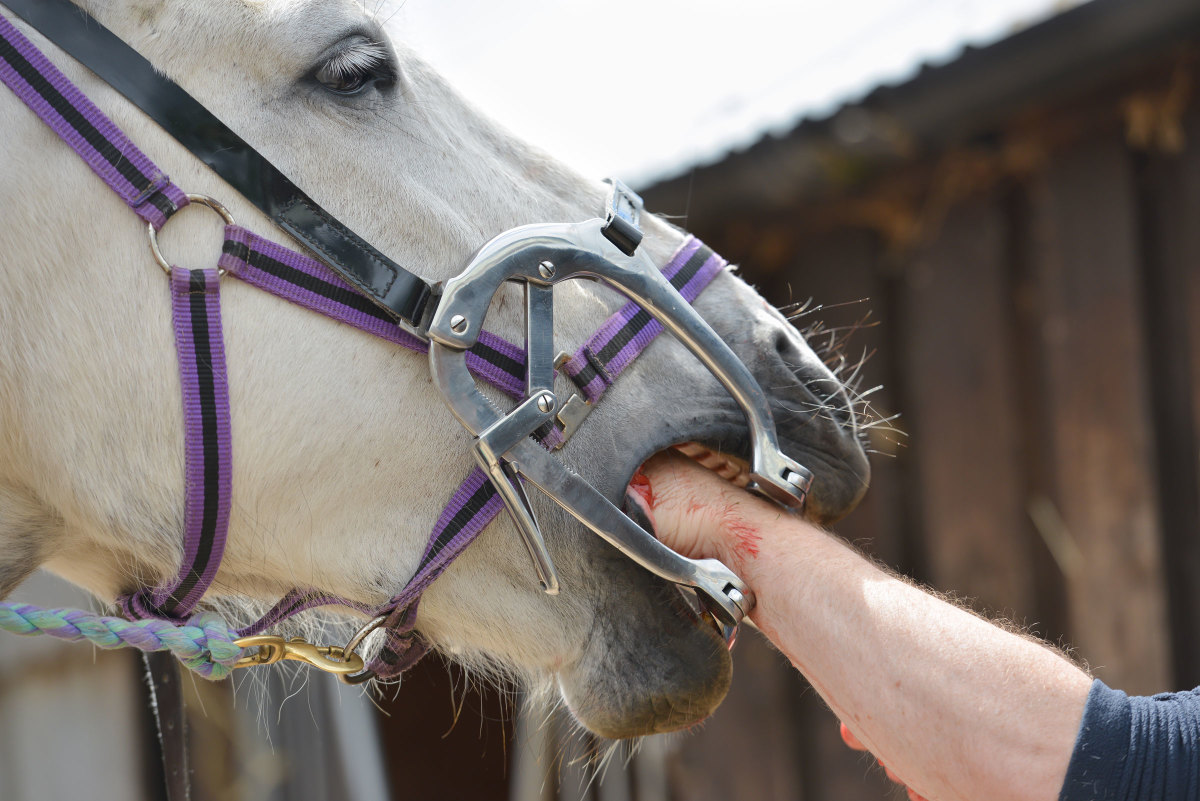
The clinical records of all cheek teeth extractions performed at the University of Edinburgh Veterinary School between February 2004 and September 2018 were examined. Owners were asked to complete a follow-up questionnaire regarding complications post-extraction.
The title of this study was “A long‐term study of equine cheek teeth post‐extraction complications: 428 cheek teeth (2004‐2018),” and it was authored by Rebekah Kennedy, Richard J.R. Reardon, Oliver James, Cherith Wilson and Padraic M. Dixon.
In all cases, oral extraction was initially attempted prior to Steinman pin repulsion or minimally invasive transbuccal extraction (MTE). A total of 428 cheek teeth extractions were performed over the study period, 58 (13.6%) of which had complications post-extraction.
The most frequent complication was the formation of intra-alveolar bony sequestra (32/58). The most severe post-extraction complications were seen in four horses that had swollen mandibles pre-extraction due to apical infections, and the horses went on to develop severe mandibular osteomyelitis post-extraction. Two horses developed sinusitis following maxillary cheek teeth exodontia.
Overall, the complication rate was 10.8% for oral extraction, 24.4% for Steinmann pin repulsion, 20% for standard repulsion and 25.6% for MTE. Post-extraction complications caused a longer-term clinical problem in 34/428 (7.9%) of horses and were asymptomatic or quickly self-resolving in the other 24 (5.6%) cases.
Risk of developing a post‐extraction alveolar disorder was increased following extraction of the mandibular 06s, 07s or 08s compared to all other cheek teeth combined (P = 0.001); for cheek teeth with apical infections (P = 0.002) compared to those without; and following repulsion or minimally‐invasive transbuccal extraction (MTE) than following oral extraction (P = 0.01 and P = 0.02 respectively).
Bottom line: Oral extraction had the lowest risk of complications. Improved knowledge of the prevalence, types and risk of development of post extraction complications might help reduce these complications.
To read or purchase access to this article from the Equine Veterinary Journal visit the Wiley Online Library.









